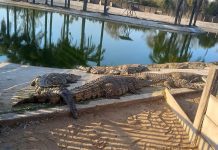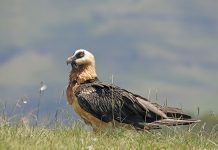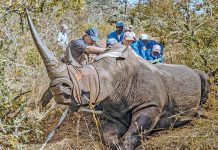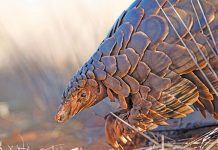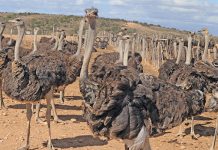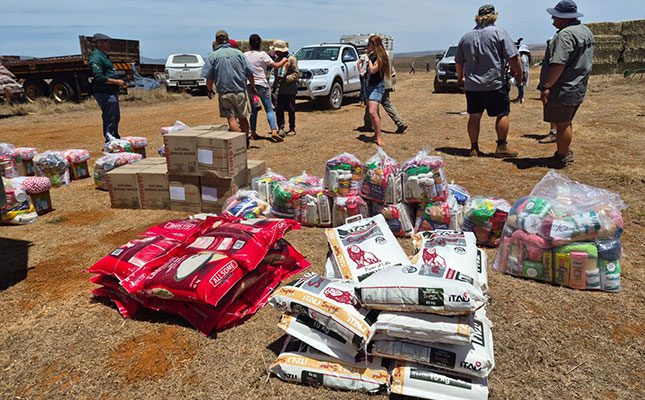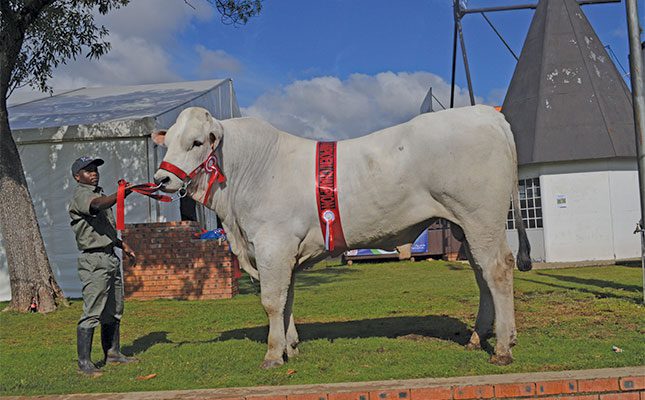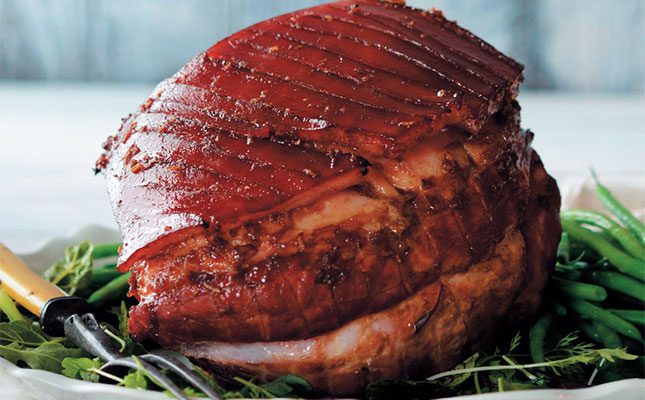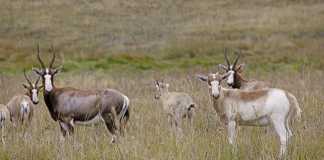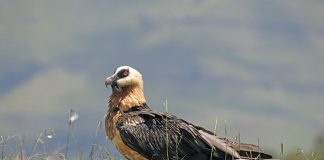In the third part of our habitat planning series, biologist and habitat designer Ben Breedlove exlains how to create optimal animal-human meeting points. Roelof Bezuidenhout reports.
People are affected by and attracted to animals, says habitat designer Ben Breedlove. They affect human body chemistry, emotions and induce responses. The animals are the real workhorses of the business and determine its success. But for this to happen there must be a place where humans and animals can come together.
Animals and humans have a better chance of occurring in the same vicinity if habitat is very good or if there are habitat features that animals like to stay close to.
High-value habitat has an increased functional density – it contains more features in a closer proximity that animals need. Animals stay close to things that are critical to their wellbeing that are either limited in supply or critical to life cycle completion. The nesting and resting component of a habitat fills this need.
Breedlove says adding these missing or limited features of habitat near human routings in the bush add critical but missing elements of habitat and increase the potential for human pleasure. These features may either be visible to humans or not, depending on the effect desired. Placing them along trails and other points of human occurrence provides habitat elements for animal usage and human pleasure. Many different features can be used to increase habitat value and assure a better bush experience for visitors.
Habitat for humans
There are two human habitat types critical for attracting visitors and getting them to spend willingly. The first is the field experience and the second the accommodations. Both are clearly habitat elements and each is structurally and functionally different.
Natural land offers two emotional bases for income generation: thrills and pleasure. It does offer more but these two are adequate to highlight the point. Thrills are one-time experiences and typically linked to the “big hairies” but this does not necessarily have to be the case. Pleasure has more to do with animals that offer intimacy and involvement – reasons for visitors to return. A good habitat design caters for the connoisseur market in which deep-seated pleasure comes from knowledge and observing animal behaviour. Good habitat places more species and species groupings within the visitor’s reach.
Animals feed, breed, nest and rest – nothing more. They move between points where these functions are met. Habitat exists only when the landscape delivers these four functions in the proper quality, quantity, timing and spacing. Optimal habitat can occur only if you make it happen.
Animal optimisation is a three-way optimisation between the mix of animals, land utilisation optimisation and experience optimisation for visitors. “Creating an effect” may seem artificial but it’s exactly what you have to do. “It attempts to reach the inherent potential in the landscape and you can’t wait for the pre-European conditions to re-occur on their own,” Breedlove says. “A carrying capacity analysis should not be the only criteria used to determine the type and number of animals you choose for your ranch. And if you don’t do something to optimise what you’re offering, your visitors won’t be so willing to spend money during their visit or to book again.”
In its most extreme form habitat optimisation says the animals which people want to view will occur where they want to see them, doing what they want to see and when they want to see them.
As a starting point for habitat optimisation ask the following questions. Do you think it’s reasonably achievable to provide a particular mix of birds near your chalets? Do you consider game bird management to be real? If so, why stop there? “Good habitat means lots of moving things, over you, around you and under you, all the time and everywhere. It is anything but recently released big hairies,” Breedlove says.
But whatever is done must be habitat-based and not designed as a mere attraction. Habitat-driven animal optimisation makes sense because it will immeasurably improve the experience for guests. Animal optimisation requires better-quality habitat conditions over a larger area than will normally occur under conventional management approaches. “It demands that you produce and maintain a higher functional density for habitat requisites over at least those portions of the property that are within the view of your visitors,” Breedlove says.
Do that and the yield of animal protein from your property during culling and hunting will exceed that which occurs under conventional management. Drought tolerance and runoff retention will also increase. Optimising one operational aspect flows into other management areas too. Optimisation is standard for any complex engineering design. It makes good functional and economic sense and is equally necessary for habitat design.
An animal-human meeting point is a characteristic of any business that puts people in the bush. Appallingly, a whispered radio conversation, a “hurry-up drive” remark, and a rush of vehicles and people are the standard approaches to “creating” the animal-human interface. At best, they’re suitable only for first-time visitors.
On the other hand, a deliberately established animal-human contact offers viewing pleasure for people while providing optimal habitat conditions for a wide diversity and high number of animals. Access to and movement through the interface area should be planned as a design and as an event. It adds to the human experience to explain to visitors the animals’ reactions to habitat, and how and why the previous professional considerations of animal habitat requisites resulted in the experience visitors are part of.
Obviously, creating the animal-human interface depends on the species available, routing opportunities for human and animal movement, and habitat optimisation. Therefore a few techniques can be employed. The level of complexity and detail can be compared with that of any highly functional natural or built habitat.
It beats only conducting a carrying capacity analysis and subsequently releasing the animals into the veld. That’s not habitat planning at all. “Bird identification and pouring sundowners is basic hospitality management; it’s not delivering habitat,” Breedlove says. “If you have good habitat the animals will entertain your guests.”
A function-based habitat design first considers the animals in a region best suited to market the goals. These animals must be grouped together into functional units linked to habitat features. These groupings will determine the vegetation best suited to the needs of the animals, which will result in animal preferences for that area and increases in their numbers and diversity.
Habitat optimisation means taking action to obtain ever-increasing natural system complexity. “You want as many animal and plant species as possible on your site and you want as many relationships as possible among them. These conditions are your best protection against loss of potential because you lose less when things go wrong and produce more in better times,” Breedlove says.
For more information contact Ben Breedlove on (012) 343 5201 or e-mail [email protected]. |FW

